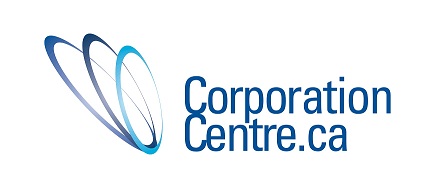As
a society, we are in the midst of a demographic transition: namely, experienced
and knowledgeable baby boomers are either retiring or considering retirement,
while ambitious, talented millennials and gen-Yers are rising through the
ranks. To truly capitalize upon this generational shift, we need to ensure that
the most valuable nuggets of wisdom transfer effectively from older workers and
leaders to the junior cohort.
 If
your business is a relatively new start-up, your workforce is likely young. But
even young workers rapidly develop skills, experience, and insider knowledge
from which more recent hires can benefit. Opportunities for “teaching the
teacher” may also arise, if the protégé is more conversant with a specific technique
or tool than the mentor happens to be. (Consider the social media savvy of the
average millennial versus that of the average baby boomer, for example.)
If
your business is a relatively new start-up, your workforce is likely young. But
even young workers rapidly develop skills, experience, and insider knowledge
from which more recent hires can benefit. Opportunities for “teaching the
teacher” may also arise, if the protégé is more conversant with a specific technique
or tool than the mentor happens to be. (Consider the social media savvy of the
average millennial versus that of the average baby boomer, for example.)
Start
with a plan.
Before
you implement a mentorship program at your business, start with a set of
realistic objectives, and establish ways to accomplish them. You also need an
approximate timeline. How much coaching do new hires require, and how much time
per week should you allocate for that purpose? Could some new entrants use more
help than others? At what point is it appropriate to phase out a mentorship
stint and allow protégés to do their own thing?
Criteria
and measures of the success of mentorship efforts are indispensable. What
skills or expertise do mentors have, that you would like protégés to attain?
Why?
Bring
your entire organization on board at the outset.
Gather
employees and managers together for a preliminary brainstorming session.
Chances are, front-line staff will know what attributes are needed to ensure
success, and their counsel will be valuable when it comes to setting
appropriate and attainable goals. Make sure everyone in your organization knows
about the mentorship initiative, understands what her role will be, and has an
opportunity to provide input and feedback at all times. (You may want to
delegate a point-of-contact person or set up a committee for this purpose.)
Targets
and coaching strategies may evolve over the course of the mentorship process,
so allow some scope for flexibility and adjustments to the plan. But keep the
big picture in mind: the primary objective of mentorship is to ensure the
long-term continuity and success of the organization.
Finally,
create survey documents for both mentors and protégés that include the
essential measures of success you established in the brainstorming session.
These surveys will enable you to aggregate data, track overall progress, and
gain valuable insight into the effectiveness of the mentorship initiative.
Prioritize
relationships.
A
constructive working relationship must exist between mentors and protégés;
without this, the prospects for meaningful progress are slim. Some mentors and
protégés will develop a productive and amicable rapport almost instantly,
others will need a bit more time, and occasionally, pairings may not work out.
Use your discretion, keep an eye on the status of each mentor-protégé pairing,
and welcome feedback. Consult your survey results for macro-level guidance.
Regular
progress assessments
Meet
briefly with each mentor and protégé pairing on a regular basis (if feasible).
Ask them personally how they feel the process is unfolding, and provide a forum
for discussion.
Over
the course of the mentorship program, you should perceive that mentors and
protégés are increasingly on the same page; this should be apparent to you in
both the in-person meetings and in the survey results and feedback. If not,
then you’ll need to modify your mentorship initiative, seeking input from your
workforce on where improvements can be made.
Concerns
over “brain drain”
Some
managers worry mentorship brings a risk that highly trained employees will
leave the organization for opportunities elsewhere, taking their newfound
knowledge and skill set with them. This is analogous to the dilemma countries
face when deciding whether to invest in educating their children: what if our
most dextrous, astute citizens pack up and leave, causing a “brain drain”?
Won’t those resources have been wasted?
Consider
the matter from another perspective: if you don’t mentor new employees, how
will they garner the technical and logistical proficiency they need in order to
enhance the future prospects of your business?
Ultimately,
it’s the responsibility of all businesses to provide a desirable place to work.
If you do, then highly skilled employees will flock toward, rather than away
from, your enterprise. Incidentally, one of the assets job seekers desire most
in a would-be employer is the potential for professional growth and career
advancement—and mentorship can help to provide that.
